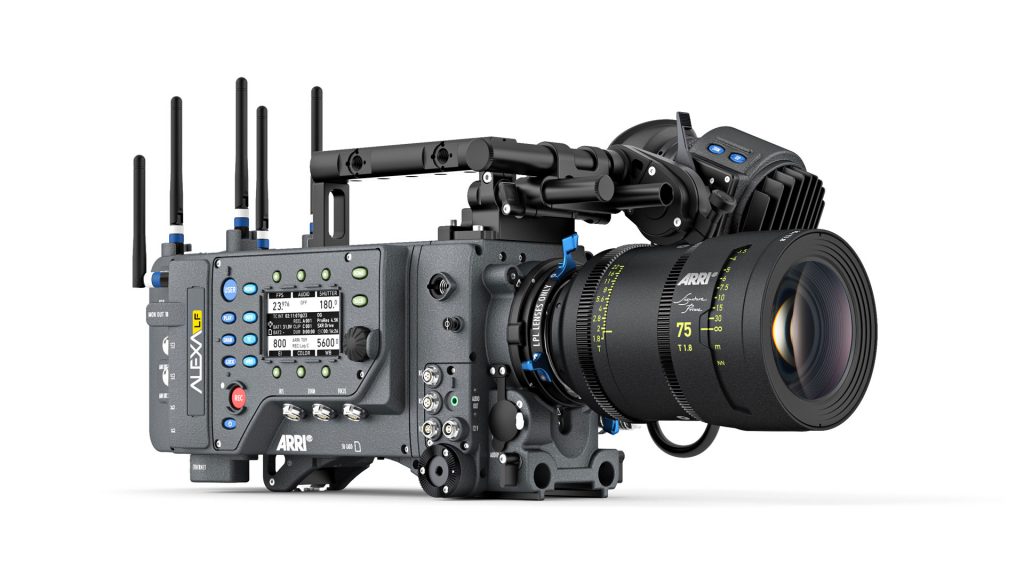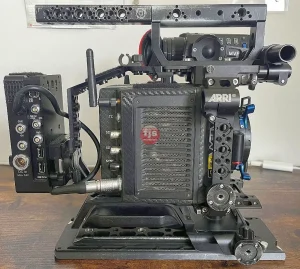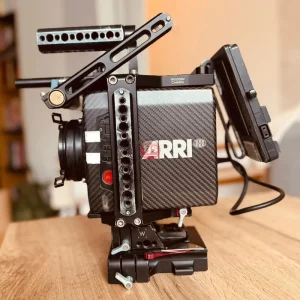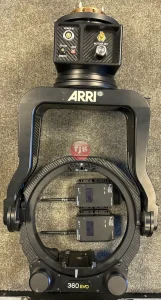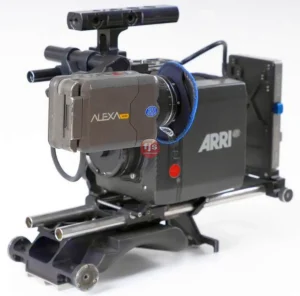Yes, you can use photo lenses for video! Discover the pros, cons, and essential tips for seamless cinematic integration with your existing gear.
Bridging the Gap: Photography Lenses in the Video World
The modern digital camera has largely erased the traditional divide between still photography and videography. With advanced mirrorless cameras offering incredible video capabilities, many aspiring filmmakers and content creators find themselves asking a crucial question: “Can I simply use my existing photo lenses for my video projects, or do I need specialized cinema lenses?” The short answer is a resounding yes, you absolutely can! In fact, many professional productions, particularly in the indie and documentary space, regularly utilize photo lenses. However, while interchangeable, it’s essential to understand the nuances, benefits, and limitations that come with using lenses designed primarily for stills in a motion environment.
Here’s a breakdown of what you need to know about using photo lenses for video:
- 1. Adaptability is Key (Especially with Mirrorless Cameras):The biggest enabler for using photo lenses on modern video cameras is their adaptability. Mirrorless cameras, with their shorter flange focal distance, are particularly adept at mounting a vast array of photo lenses from different brands and eras via simple mechanical adapters.
- Key Feature: Wide range of lens mounts can be adapted (e.g., Canon EF, Nikon F, Sony E, Fujifilm X, Micro Four Thirds, vintage mounts like M42, Contax/Yashica).
- Benefit for Video: Allows you to leverage your existing investment in photo lenses or tap into the affordable and characterful world of vintage glass. You gain access to a massive variety of focal lengths, apertures, and optical characteristics.
- Consideration: DSLR lenses might require specific (and sometimes more expensive) adapters that account for their longer flange distance, and not all combinations are possible without optical elements.
- 2. Manual Control for Cinematic Precision:Many photography lenses offer manual focus and aperture control, which is often preferred in video production for precise adjustments during a shot.
- Key Feature: Manual focus rings and aperture rings (on older or some dedicated manual photo lenses).
- Benefit for Video: Essential for smooth, deliberate focus pulls and exposure adjustments. Auto-focus “hunting” can be very distracting in video, so manual control gives you consistent, repeatable results. Modern mirrorless cameras often have excellent manual assist features like focus peaking and magnified view.
- Consideration: Lenses without physical aperture rings (common on modern Canon EF or Nikon G lenses) require in-camera aperture control, which can be less tactile for video.
- 3. Aperture (F-stops) vs. Light Transmission (T-stops):While photo lenses are rated in f-stops (theoretical aperture), video professionals often prefer T-stops (actual light transmission).
- Key Feature: Photo lenses use f-stops, which are generally consistent enough for most video applications, especially for single-camera shooters.
- Benefit for Video: You still achieve control over depth of field and exposure. For individual projects, minor transmission differences between lenses are often negligible or correctable in post.
- Consideration: For multi-camera shoots or projects requiring absolute exposure consistency when swapping lenses, the slight variations in light transmission (not measured by f-stops) might become a minor issue.
- 4. Optical Quirks: Embracing or Mitigating Limitations:Photo lenses aren’t optimized for video’s specific demands, leading to certain optical characteristics that can be either embraced or require mitigation.
- Focus Breathing: Many photo lenses exhibit a slight “zoom” effect when racking focus.
- Clicked Aperture Rings: Creates noticeable jumps in brightness during exposure changes if adjusted mid-shot.
- Short Focus Throw: Makes precise focus pulling more challenging compared to cine lenses.
- Non-Standardized Barrels/Gears: Inconsistent sizes and lack of gears can complicate using follow focus systems and matte boxes.
- Benefits: These “quirks” (like unique flares or softer contrast) can be leveraged for artistic effect, contributing to a distinct cinematic character. You can also work around them with careful shooting.
- Consideration: For high-end productions demanding clinical perfection and seamless workflows, these quirks can be problematic.
- 5. Cost-Effectiveness and Versatility:Using your existing photo lenses is arguably the most budget-friendly way to get into filmmaking.
- Key Feature: You already own them, or they are significantly cheaper than dedicated cine lenses.
- Benefit for Video: Allows you to invest your budget in other essential video gear (lighting, sound, stabilizers). Many photo lenses are excellent optically, offering superb sharpness and color rendition.
- Consideration: If you frequently need features like de-clicked apertures, standardized gears, or zero focus breathing, the cost of modding photo lenses or eventually buying cine lenses might outweigh the initial savings.
Conclusion: Your Lens, Your Rules
The answer is a resounding “yes!” You absolutely can use virtually any photo lens for video. For independent creators, hobbyists, and even many professionals, leveraging photo lenses is a practical, cost-effective, and creatively empowering choice. While dedicated cine lenses offer specific ergonomic and optical advantages for high-end, demanding productions, photo lenses provide a vast playground of focal lengths, apertures, and character, often at a fraction of the cost. By understanding their unique traits and adapting your shooting techniques, you can achieve stunning cinematic results with the gear you already own or can acquire affordably. Don’t let the lack of “cine” branding hold back your storytelling; the best lens is the one that helps you tell your story effectively.
Questions and Answers
Q1: What’s the main advantage of using photo lenses over cine lenses for video?
A1: Cost-effectiveness and accessibility. You likely already own some, or they are significantly cheaper to acquire than purpose-built cine lenses.
Q2: Will using photo lenses affect the “cinematic look” of my video?
A2: Not necessarily in a negative way. Many photo lenses have unique character (e.g., beautiful bokeh, interesting flares) that can actually enhance a “cinematic” aesthetic. The overall look is more about lighting, composition, and color grading.
Q3: How do I control the aperture on a modern photo lens without an aperture ring?
A3: Most modern photo lenses (especially those without physical aperture rings, like many Canon EF or Nikon G lenses) will allow you to control the aperture electronically through your camera body’s settings.
Q4: Is autofocus reliable enough on photo lenses for video?
A4: Modern camera autofocus systems (especially on Sony, Canon, and Fujifilm mirrorless cameras) are incredibly capable for video, especially for tracking subjects. However, for precise, repeatable focus pulls or artistic focus shifts, manual focus is still preferred and often essential.
Q5: What’s a “de-clicked” aperture ring, and why is it useful for video?
A5: A de-clicked aperture ring allows for smooth, stepless adjustments of the aperture. This is useful for video because it enables seamless exposure changes during a shot, without visible “jumps” in brightness or audible clicks being recorded. Most photo lenses are clicked, but some can be professionally de-clicked.

